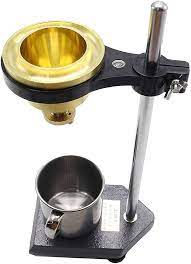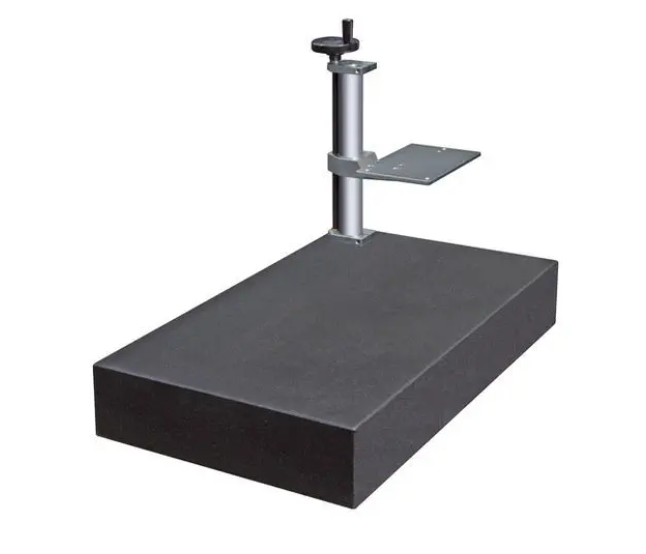
Flow Meter Calibration Services UAE
• Eurocaltech offers state-of-the-art calibration services in an accredited laboratory.
• we can calibrate any type of flow device, including traditional flow meters, sensors, and devices designed to measure water, air, etc.
• Calibrations can be performed in-house using an ISO9001 calibration lab or on-site at the customer's location.
• The calibration is carried out in an environmentally safe lab.
Understanding a Flow Meter
• A flow meter is an instrument used to indicate the amount of liquid, gas, or vapor moving through a pipe or conduit.
• Choosing a flow meter should consider factors such as familiarity of plant personnel, experience with maintenance, spare parts availability, and time between failure history.
• The cost of installation should be computed only after considering these factors.
Types and Uses of Flow Meters
• Differential Pressure Flow Meters: These meters calculate fluid flow by reading pressure loss across a pipe restriction.
• Orifice Flow Meters: These are the most popular liquid flow meters.
• Orifices are flat pieces of metal with a specific-sized hole bored in them, installed in the pipe between two flanges.
• Advantages of orifices include no moving parts and their cost does not increase significantly with pipe size.
Segmental Wedge Flow Meters Overview
• A restriction orifice designed to measure the flow of liquids containing solids.
• Can measure flows at low Reynolds numbers and maintain the desired square-root relationship.
• Integral wedge assemblies combine the wedge element and pressure taps into a one-piece pipe coupling.
• The accuracy of all orifice flowmeters depends on installation conditions, the orifice area ratio, and the physical properties of the liquid being measured.
Venturi Flow Meters
• Can handle large flow volumes at low pressure drops.
• Can be installed in large diameter pipes using flanged, welded, or threaded-end fittings.
• Can be used with most liquids, including those with high solids content.
Pitot Tube Flow Meter
• Installed by welding a coupling on a pipe and inserting the probe through the coupling.
• Low cost, absence of moving parts, easy installation, and minimum pressure drop.
Positive Displacement Flow Meters
• Operates by separating liquids into accurately measured increments and moving them on.
• Popular for automatic batching and accounting applications.
• Good candidates for measuring the flows of viscous liquids or for use where a simple mechanical meter system is needed.
Reciprocating Piston Meters
• Single and multiple-piston types.
• Can handle a wide variety of liquids.
• Operates on magnetic drive principle so that liquid will not come in contact with gears or other parts that might clog or corrode.
We offer
calibration on the following flow meters:
Flow Meters,
Magnetic Flow Meter,
Mass Flow Meter,
Liquid Flow Meter,
Water Flow Meter,
Oxygen Flow Meter,
Pure Oxygen Flow
Meter,
Medical Oxygen
Flowmeter,
Oxygen Air Flow
Meter,
Pure Oxygen Flow
Meter Manifold,
Ultrasonic Flow
Meter,
Air Flow Meter,
Electromagnetic
flowmeters,
For all
applications with conductive liquids,
Coriolis mass
flowmeters,
For all process and
custody transfer (CT) applications,
Ultrasonic
flowmeters,
For process and
utility applications, energy and custody transfer (CT) measurements,
Variable area
flowmeters,
For simple and
cost-effective flow measurement of gases or liquids without auxiliary power,
Differential
pressure flowmeters,
For a wide range of
process applications,
Vortex flowmeters,
For utility
applications, advanced energy management and Safety Instrumented Systems (SIS),
Worth Garden
Adjustable,
Orbit Water Flow
Meter,
Sotera 825 Digital
Chemical T,
Hemobllo Water
Meter Water Flow,
FlowVis Flow Meter
2 FV 2,
Cubilan Water
Meter, Water,
General Tools
DLAF8000,
Omron PeakAir Peak
Flow Meter,
Fluke 922 Airflow
Meter/Kit FL,
CPS ABM 200 Airflow
& E,
Ultrasonic Flow
Meter TUF 2000B,
PCE Instruments PCE
TDS 1,
Luminor Flow Meter
1,
Magnetic flow meter,
Mass flow meter,
Rotameter,
Vortex flowmeter,
Ultrasonic flow
meter,
Thermal mass flow
meter,
Pressure,
Ultrasound,
Pitot tube,
Positive
displacement meter,
Positive
displacement flow meters,
Vortex,
Positive
displacement flow meter,
Volumetric flow
meter,
Orifice plate,
Open-channel flow,
Pitot tube flow
meter,
Velocity flow Meter,
Turbine flow meters,




